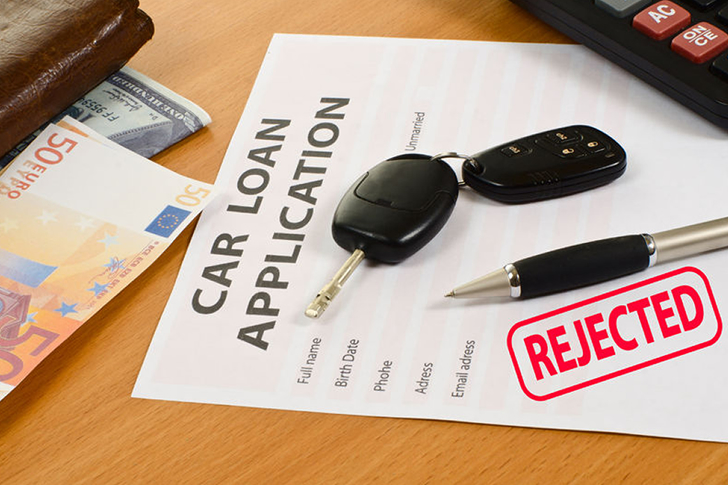
With today’s tight job market, most job hunters become pickier about their employment. At the same time, it is also very likely that a vast majority of them will not be able to land on a job with a financed car as part of a generous compensation package.
According to a recent survey about U.S. consumer credit status in the country, conducted by the Federal Reserve Bank of New York, a whopping increase from 4.5 percent to 8.1 percent shows a spike in the rate of auto-loan rejections from October last year.
To date, car-loan rejections have reached an average rate of 7.1 percent from 6.1 percent in the previous year. While a stunning $14 trillion of consumer debt has been marketed for a full 12-month period, fewer denials were reported by applicants.
Another annual survey conducted by the Fed’s Snapshot reported that the rejection rates for credit cards, mortgages, and mortgage refinancing applications also declined compared to 2018. Fed’s Snapshot is an organization covering consumer experiences when applying for auto loans, credit cards, credit-card balance increases, mortgages, and mortgage refinancing.
Also, in this year’s month of November, news reports have it that there has been a definite drop on the U.S. unemployment rate, dropping from 3.6 percent to 3.5 percent – matching a 50-year low rate. This news fuels great optimism among American consumers to do what they can to keep the economy active and lead it beyond its record for the 11th year of expansion.

Despite the many years of easy auto credit, the U.S. government should still be concerned about the threat of having yet again another financing bubble, following years of probably witnessing many borrowers emerging from another foreclosure crisis since the Great Depression.
The Wall Street Journal covered the story of a 40-year-old electrician who was able to take out a loan of $45,000 on a $27,000 Jeep Cherokee. Quite a loan story to tell as it could tolerate our loaning habit while other lenders ride in this tide and lose their underwriting standards by loosening its policies.
BofA Global Research saw a stable picture of the year to come. However, it was despite the 4.8 percent growth in consumer debt in October compared to the last year.
Another report from the team of analysts led by Chris Flanagan recently showed that in the year 2020 and beyond, there will be likely continuous growth in consumer debt as pace continuously moderates with a slower growth expectation in consumer spending (+2.3 percent YoY in 2020). Also, part of the analysis is how there will be a continuously lower and stable rate relative when it comes to lending standards.

Recent news supported the claim when Moody revealed that the competition among lenders might result in slipping standards and for a home buyer with questionable credit standing. However, it seemed to be in contrast to what the U.S. housing market already reported.
While in the current run-up of the 2008 financial crisis, the banks bundled up toxic subprime mortgages into mortgage-bond deals without government back-up, while the contracts were also sold to investors without government support.
However, in the chart made by the BofA Global Research, the credit cycle showed how the U.S. government and banks became the biggest holders of consumer debt in the country.
Based on Material taken from MSN Money
Photo Credits:
The auto warehouse
Pixabay
Realtor
